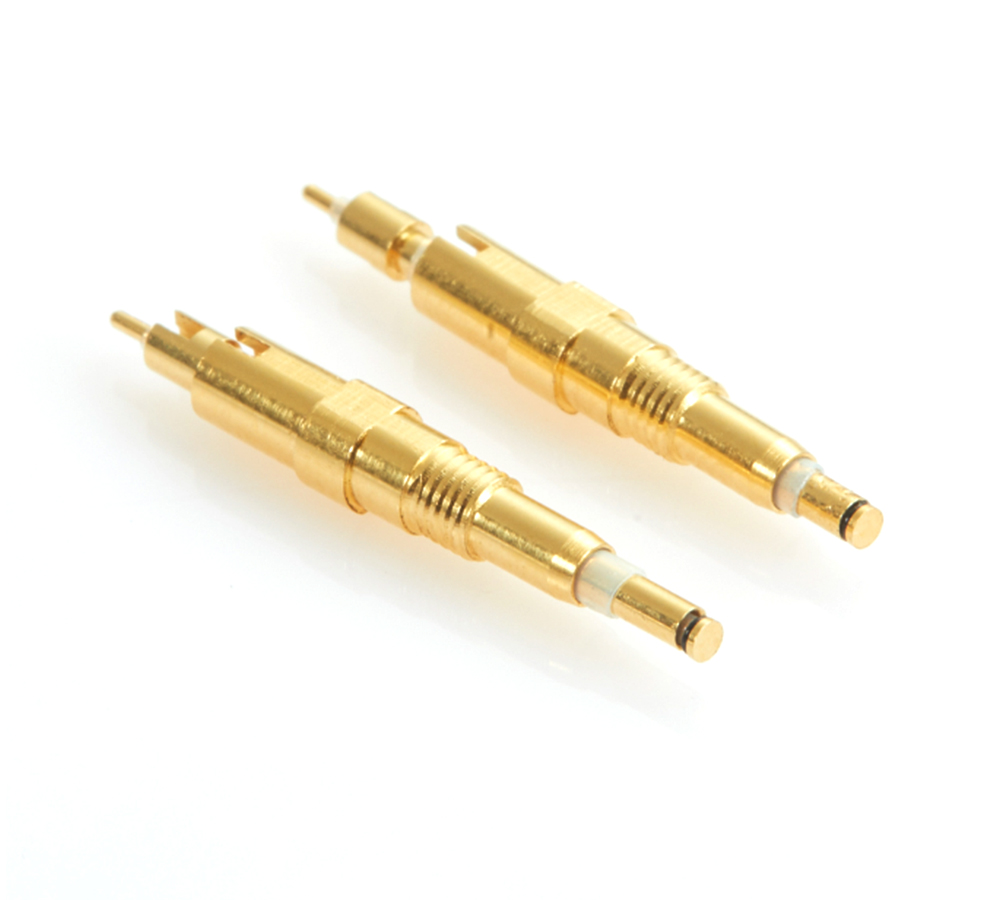Time:2025-07-09 Views:1 source:News

The hardness of spring steel spring blades is a crucial factor affecting their performance, and any abnormal hardness can lead to various problems in applications. There are several main reasons for the abnormal hardness of spring steel spring blades.
One of the significant causes is improper heat treatment processes. Heat treatment plays a vital role in determining the hardness of spring steel. If the heating temperature during quenching is too low, the steel may not fully transform into austenite, resulting in insufficient hardness after quenching. On the contrary, if the temperature is too high, it can cause grain coarsening, which also affects the hardness and mechanical properties of the spring blade. Additionally, the cooling rate during quenching is crucial. A cooling rate that is too slow may lead to incomplete martensitic transformation, reducing the hardness, while an overly rapid cooling rate can cause internal stress and even cracking, degrading the quality of the spring blade.
Material - related factors also contribute to hardness abnormalities. The chemical composition of spring steel is precisely formulated to achieve the desired properties. Deviations in the content of alloying elements such as carbon, manganese, silicon, and chromium can significantly impact hardness. For example, insufficient carbon content will lead to a lack of hardenability, making it difficult to reach the required hardness level. Impurities and inclusions in the material can act as stress concentrators and disrupt the normal hardening process, causing uneven hardness distribution.
Manufacturing process issues are another important aspect. During the forming process of spring blades, such as stamping or coiling, excessive deformation can cause work - hardening. However, if the work - hardening is not properly controlled or relieved through subsequent heat treatment, it may result in abnormal hardness. Moreover, machining operations like cutting and grinding can generate heat, which may cause local softening or hardening of the spring blade, depending on the machining parameters and cooling conditions.
Environmental factors can also have an impact. Exposure to high - humidity environments for an extended period may cause corrosion of the spring steel, which in turn affects its hardness. Chemical substances in the environment may react with the surface of the spring blade, altering its microstructure and mechanical properties.
Read recommendations:
Automatic docking with Magnetic PogoPin
Pogo Pin Applications in Vacuum Environments
Anti electromagnetic interference magnetic connector for medical monitoring devices